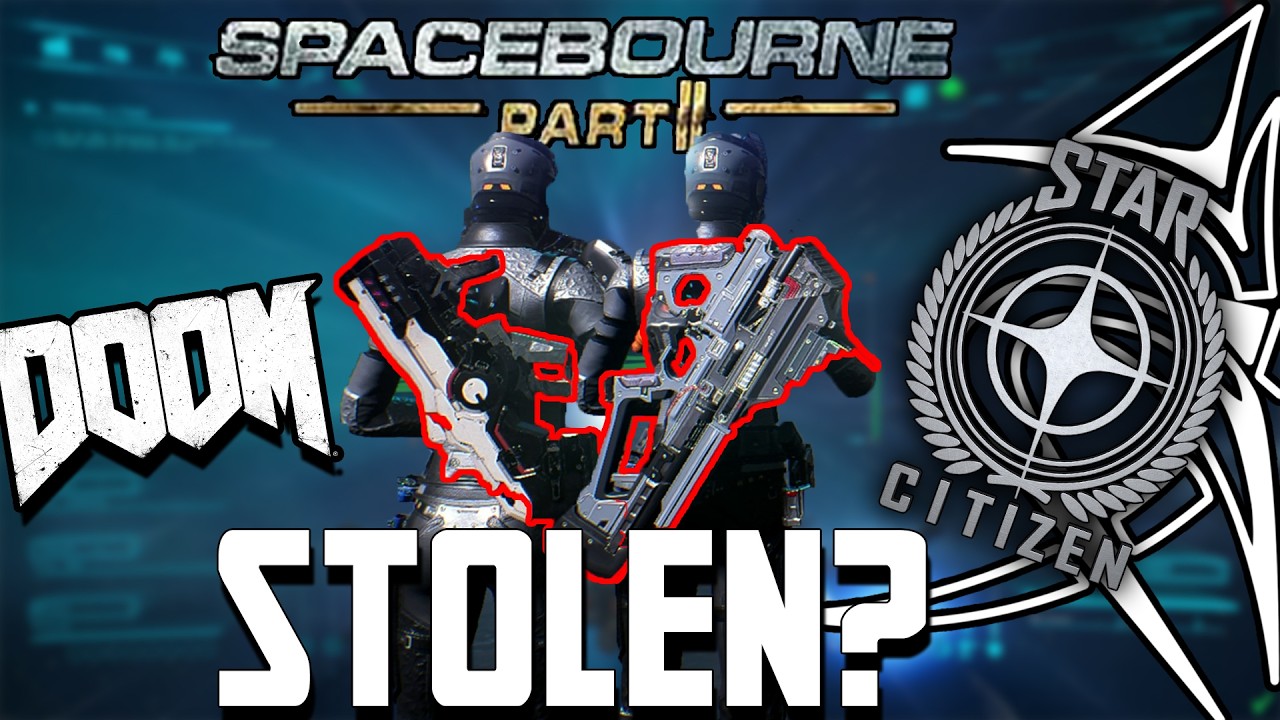The video investigates whether the indie space game “Spaceborn 2” uses stolen assets from well-known titles like “Star Citizen” and “Doom 2016,” raising concerns about the legality and ethical implications of the developer’s asset sourcing practices. The narrator emphasizes the importance of due diligence in obtaining game assets and calls for clarity from the developer regarding the licensing of these materials.
The video discusses concerns surrounding the indie space simulation game “Spaceborn 2” and whether it uses stolen assets from other well-known games, specifically “Star Citizen” and “Doom 2016.” The creator of the video, who previously received a review copy of the game, began noticing striking similarities between the models used in “Spaceborn 2” and iconic weapons from these larger titles. This prompted an investigation into the legitimacy of the assets and whether the developer, DBK Games, had properly licensed them.
The narrator expresses skepticism about the developer’s claims of purchasing assets from reputable platforms like the Epic Asset Store or CG Trader. They highlight the potential legal implications if an indie developer uses copyrighted material without proper licensing, raising questions about the responsibility of developers to ensure the legality of the assets they use in their games. The video emphasizes that while using pre-made assets is acceptable, there is a fine line between legitimate use and an “asset flip,” where minimal effort is applied to create a game.
As the investigation progresses, the narrator attempts to extract models from the game files and discovers that some assets appear to be closely related to those from “Star Citizen” and “Doom.” They find that a specific model, labeled as a “burst cannon,” is linked to an artist’s concept art for “Star Citizen,” leading to further questions about the legality of using such assets. The narrator wonders if the models were altered enough to avoid infringement or if they were simply purchased without proper consideration of their origins.
The video also discusses the implications of using assets from third-party sellers, particularly those that may have been derived from concept art owned by larger companies. The narrator investigates whether these assets were properly licensed for commercial use and whether the developer had the right to use them. They express concern over the lack of credit given to the original creators of the assets in the game’s credits, which raises further doubts about the game’s ethical standing.
In conclusion, the narrator emphasizes the importance of due diligence when sourcing assets for game development. They argue that developers must take responsibility for ensuring that the assets they use are legally obtained, regardless of their source. The video serves as a cautionary tale about the potential pitfalls of relying on pre-made assets and the legal ramifications that can arise from using unlicensed or misappropriated content. The narrator expresses a desire for clarification from the developer on these issues and highlights the broader implications for the indie game development community.
